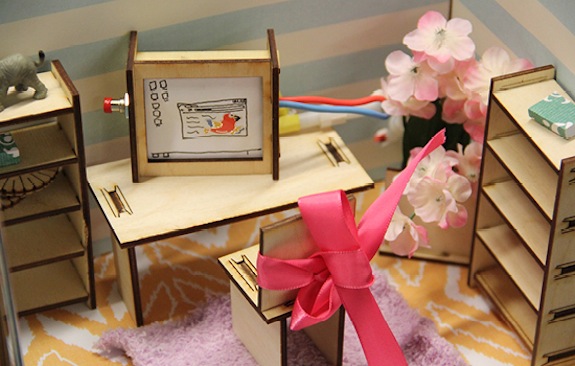King Peggy: first woman King in Ghana
I want to highly recommend the book, King Peggy: An American Secretary, Her Royal Destiny, and the Inspiring Story of How She Changed an African Village. I was so moved by the story of Peggielene Bartels, an American secretary for the Ghanaian Embassy who is selected to be king of the small Ghanaian fishing village she was originally from. She agrees to be the king, which is an unpaid position, while continuing her life and job duties in the United States only to find out that the village elders selected her because they want to be able to continue to siphon money away from the community to their personal pockets. King Peggy transforms this small fishing village of 7,000 by standing up to the elders, and using taxes to bring clean water to the village and education to the children. She navigates the male-dominated world of being a king and holds her ground while maintaining her femininity and respecting the traditions of the elders. King Peggy was not raised to be king, yet she figures out how to do so by drawing upon her inner fortitude and religion during difficult moments. Peggielene Bartels proves what a successful king a woman can be.
I’m blogging about King Peggy on Valentine’s Day because this book is really about her love for her people and by the end of the book you can’t help but fall in love with her. She is an amazing woman and very approachable king. I was able to contact her on her Facebook page and I was thrilled when she responded. Happy Valentine’s Day everyone.










 I recently came across the science cheerleaders site and I love it. They feature real-life cheerleaders who also happen to be scientists. One of the women they interview is an African-American surgeon-lawyer-cheerleader. And yes, as you can see, from the picture above, they are wearing the standard cheerleader outfits. What this website says to me is you can be a scientist and you can be sexy, if that’s what you choose.
I recently came across the science cheerleaders site and I love it. They feature real-life cheerleaders who also happen to be scientists. One of the women they interview is an African-American surgeon-lawyer-cheerleader. And yes, as you can see, from the picture above, they are wearing the standard cheerleader outfits. What this website says to me is you can be a scientist and you can be sexy, if that’s what you choose.




Recent Comments